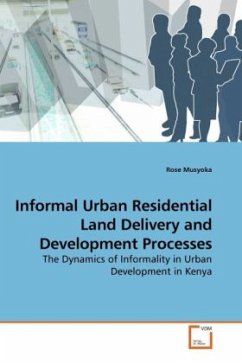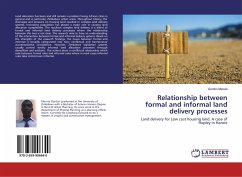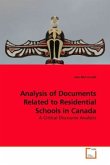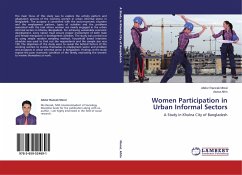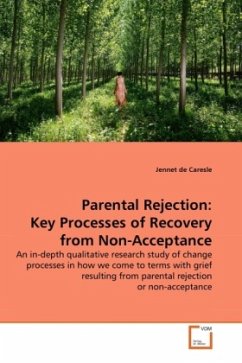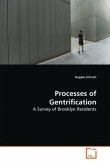Urbanisation in Kenya like in other developing economies generally takes two approaches, which may broadly be categorized into formal and informal processes. The divide between these two processes as practised is fluid and intriguing. This book focuses on the processes that make land available for urban development in Kenya, analysing their strengths, weaknesses and the dynamics that shape urbanisation. The book provides insights into the fluidity of the concept of informality shedding light on how this concept may be applied in urban development. The work, guided by the theories of Structure and Agency, Institutional Analysis and Societal non-compliance demonstrates the importance of policy dialogue between policy makers, implementers (practitioners), and the subjects of those policies. The book should, therefore, be useful to policy makers, professionals in urban land development and management fields including urban planners, land surveyors, land economists, and university students in these areas.
Bitte wählen Sie Ihr Anliegen aus.
Rechnungen
Retourenschein anfordern
Bestellstatus
Storno

